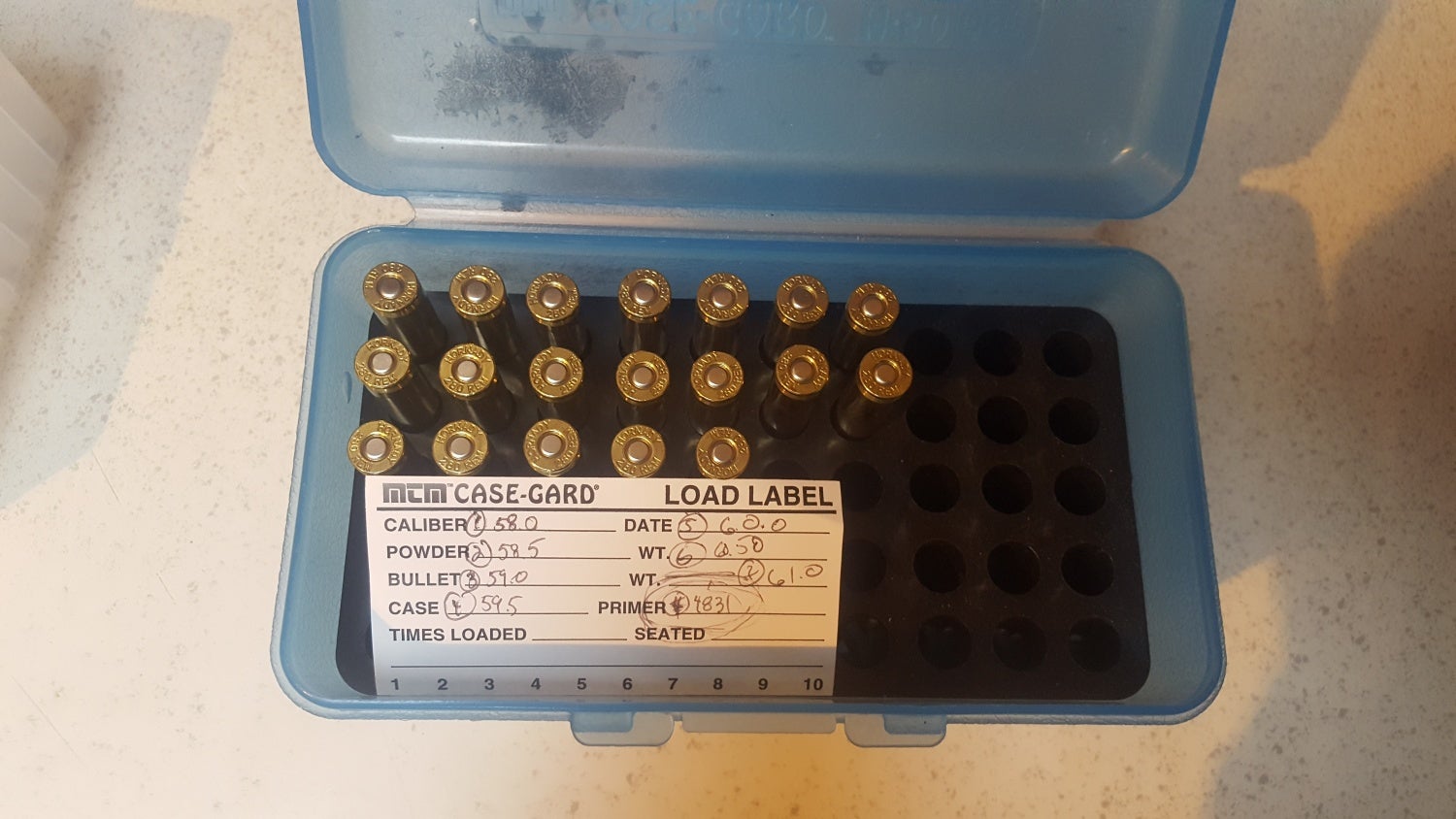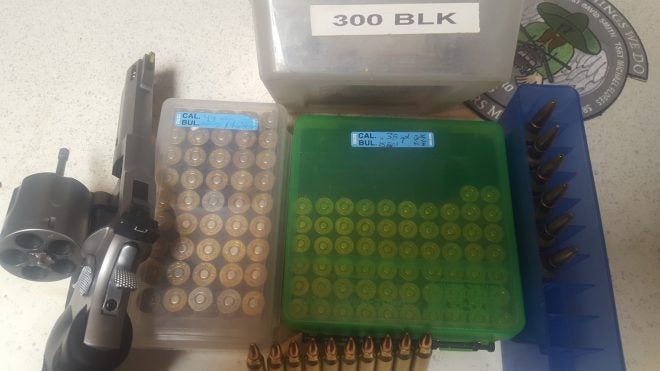Welcome to Part 6 (the final installment; for now) of TFB and LYMANS series on reloading for the beginner. If you missed Parts 1 through 5, you can find them here:
- https://www.thefirearmblog.com/blog/2018/05/31/beginners-guide-to-reloading-part-1/
- https://www.thefirearmblog.com/blog/2018/06/13/beginners-guide-to-reloading-part-2-inspection-cleaning-and-resizing/
- https://www.thefirearmblog.com/blog/2018/06/20/part-3-reloading-repriming-expanding-and-powder/
- https://www.thefirearmblog.com/blog/2018/06/27/beginners-guide-to-reloading-part-4-bullet-seating-coal-pew/
- https://www.thefirearmblog.com/blog/2018/07/05/beginners-guide-to-reloading-part-5-rifle-calibers/
At the end of Part 1, I list all of the components you should need to get started.
Although a bumpy ride at times, I have enjoyed writing the articles and interacting with you guys in the comments. I hope my efforts have spurred some of you to start down the adventurous path of reloading. A huge shout out to LYMAN for sponsoring this. I encourage you to go check out their site; they are great people with excellent products.
POWDER
There are many powders available for any cartridge, which means that if you do not like one, you will always have options. The more reloading manuals you acquire, the more options in powder choices you have. For the beginner, I would shy away from the “magic” recipe you get from friends or on the internet unless they are within the parameters of a manual. Remember every barrel is different. Keep it conservative as you start out. Just as the manuals say, start with lower loads and work up.
Ok, we are ready to dump some powder for our rifle load. You will notice that you use much more powder for your rifle cartridge than with the pistol. Not to worry though, the same fundamentals apply. Check and double check your data and you will be fine. Since you are dealing with heavier loads, I recommend weighing either every single dump or if you are using a commercial measurer, rechecking the dump on a scale every so often. You want consistency.
As I have said a number of times, every barrel is different. A load that works great in one rifle might not be as accurate a load in another rifle of the exact same make and model. So “load development” is all about finding the “sweet spot” for that individual rifle. There are many, many articles on the web about finding that load. Once you find that “sweet spot”, you bring your shooting and fun way up. I will always remember when I found my first .308 load that consistently got me hitting that gong at 935 yards. Best trip to the range ever!
Bullet seating
Setting our die will be the same as with the pistol cartridge. We will set it up for the COAL listed in the manual (CARTRIDGE OVERALL LENGTH). Be aware that on occasion you may be compressing the powder down with the bullet. This will always be noted in the manual as a compressed load. If the manual listed it, it is safe. Not too common, but they are out there.
Originally, I intended to discuss why people will seat to a longer overall length, but I decided to stick to the idea that this article is for the beginner. Just go along with the manual and get a few hundred rounds under your belt before you move on to more advanced things.

Left: A commercial .308 load, Right: The COAL I load to on my .308. With more experience, you adjust your COAL to match your rifle.
Labeling and storage
For plinking rounds, I store and transport in small plastic tubs. I put a load label on the container so I can keep track of performances. I will also note anything new with that particular load such as new powder or bullet. Properly labeling your ammunition prevents the situation where you find a cartridge and have no idea what the load is.
When you are getting into load development, you will want them kept in order. You can label the individual cartridges, or keep and label different loads together. This is where commercial cartridge cases come into their worth for me. They are separated but in the same place. Load labels, like the one pictured below, can be found wherever you purchase reloading supplies.

With load development, these cases are very helpful. I just list the powder load for each row. All the other data is on a spreadsheet

Another option is to just write the load on the case with a fine tip marker
Annealing
Annealing is very easy. Although not really a basic or beginner skill, I wanted to bring it up. If you are shooting a harder to find or more expensive caliber you are going to want to know about it.
As a cartridge is fired and reloaded over and over the neck becomes harder, therefore, more brittle. Soon enough we will see split necks where the metal failed. To soften the metal, and prevent this we anneal. Basically, we put the case in a container with enough water to cover the case laying on its side. With the cases standing up in the water we heat the neck to a specific temperature, then knock that case over to rapidly cool in the water. By painting part of the case with a temperature sensitive paint (Tempilaq) we identify when it has reached the appropriate temperature. It is that easy!

I staged this to show how I anneal cases.
How often is up to you. My larger calibers I try to anneal every 5 shots. How often do you guys anneal?
Closing
A big high five to LYMAN for sponsoring this series. It would not have happened unless they wanted to interact with our readers. I had the chance to meet these guys at NRA 2018. They are fun people who believe in their product. They are supporting TFB and I ask that you consider their products. If you are going to start reloading, start with them.
Of course, we would not be here if it was not for you guys, our readers so, thank you for clicking, reading and commenting. Have any of you loaded your first round during this series? Let me know.
 Your Privacy Choices
Your Privacy Choices
